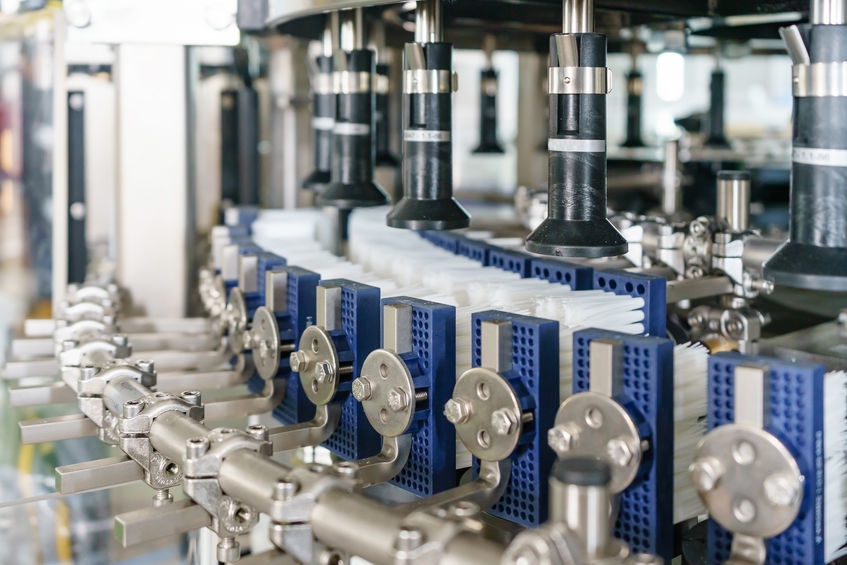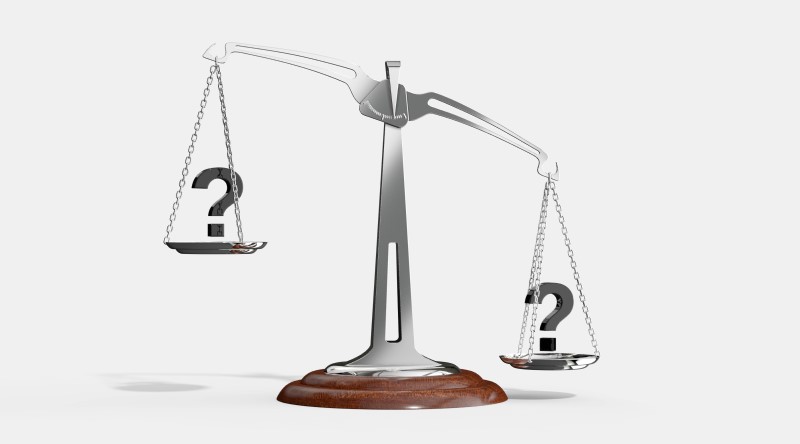Electric vs. Pneumatic Actuators: Which One is Right for You?
The choice between pneumatic and electric actuators is not always an easy one. However, the two technologies are so different that one can rarely be a replacement for the other. Many variations exist to meet the demands of the compressed air market. There are a few key points that can help you to decide between electric and pneumatic actuators.

This decision becomes easier by evaluating performance, productivity gains, component costs, and system costs. Whether you choose electric or pneumatic actuators will largely depend upon the applications that are required for your system. The technologies are quite different. They have their own distinct advantages and disadvantages. In best-case scenarios, both technologies are utilized by capturing the major advantages of each.
Pneumatic Components
Pneumatic actuators provide high force and speed in a low unit cost that has a small footprint. Force and speed are easily adjustable and independent of each other. The typical pneumatic application employs over-sized cylinders as a safety factor. This is common because pneumatic cylinders are inexpensive. Stepping up to the next larger diameter is feasible and practical.
Advantages
- Low cost: Pneumatic actuators are less costly than electric actuators . Pneumatic systems generally have long operating lives and require little maintenance.
- High force and speed: Due to their simple design, pneumatic actuators can provide rapid movement and high force as long as adequate compressed air pressure and flow are available
- Simplicity of operation: Pneumatic systems are easier to design and use than their electrical counterparts in many applications. Pneumatic cylinders and actuators provide a quick path to linear motion.
- Sophisticated transfer mechanisms are not required: Fluid power systems require air or fluid to transmit energy. Pneumatic systems use the atmosphere as the source of their fluid.
- Tolerance to overloads, up to a full stop: Pneumatic system components do not burn or get overheated when overloaded.
- High reliability of work: Pneumatic systems offer a long service life, reliability, and are low maintenance. They can withstand extreme temperatures, shock and vibration.
- Explosion and fire safety: Being pneumatically powered they can be used in hazardous environments without causing fire or explosion. When properly configured they can withstand most damage and resist corrosion.
- Pneumatic system components are very durable: They are reliable and not easily damaged.
- Ease of assembly: Due to its straightforward design, installation of a pneumatic actuator is a relatively quick process.
Disadvantages
- Difficult to attain mid-stroke positioning: Mid-stroke positioning requires adding hardware to hit the third position.
- This results in positional performance that is not very accurate or repeatable.
- Difficult to maintain uniform and constant speed: Due to compressibility, it is not always possible to have a uniform and constant speeds.
- Difficulties in performance at slow speeds: Due to the compressibility and pressure loss of the air, the pneumatic system has less efficiency as compared to other techniques.
- Requires clean, dry air for maximum performance and life expectancy: Minimizing costs could produce a compressed air system that is contaminated by water, oils, particulates, or micro-organisms. This can lead to higher expenses for equipment maintenance and replacement.
- High maintenance and operating costs of the compressed air system: Approximately 25% of the cost of compressed air is due to maintenance, equipment, and installation. More than 75% is due to electricity costs.
Electric Components
Electric actuators provide precise control and positioning, help adapt machines to flexible processes, and have low operating costs. They are most economical when deployed on a moderate scale. This is especially true in processes where their performance advantages can be a benefit. They are economical when the electronics are separate from the actuator, to segment and minimize replacement costs.
Advantages
- Precise control: Electric actuators offer outstanding precision and repeatability. They perform fast and powerful movements with flexible positioning.
- Multiple positioning: Electric actuators can precisely and accurately control velocity as well as acceleration and deceleration throughout the motion profile. They can be changed from one speed to another without stopping or over-running position.
- Low operating costs: An electric system is energy efficient and can provide you with cost savings.
- They help adapt machines to flexible processes: Not only do Electric actuators provide accurate control and positioning, operation can easily be modified by making simple program changes.
- Minimal maintenance: They can offer reduced maintenance and costs of ownership since they don’t require a compressed air system and don’t suffer air leaks.
- Easy to set acceleration and deceleration: Electric actuators can precisely and accurately control velocity as well as acceleration and deceleration throughout the motion profile. They can be changed from one speed to another without stopping or over-running position.
Disadvantages
- Higher cost: Component costs are usually higher for an electric actuator system versus a pneumatic one.
- Sensitivity to vibration: Vibration can cause part fatigue and breakage, component wear, loss of performance, and damage to accessories.
- Technology is more complex: This can lead to higher production costs than the alternatives.
- High speeds, less thrust: Electric actuators tend to lack the speed and thrust associated with pneumatics. Thrust must be sacrificed to achieve high speeds and vice versa.
The goal of any industry’s air compressor system is to increase process efficiency while minimizing costs.
This can only be attained by ensuring that the appropriate equipment is integrated relative to system demands. Pneumatic actuators have advantages in cost, size, and thrust. On the other hand, electric actuators are best when speed, accuracy, flexibility, and control are required. An assessment of your needs and equipment can help you to find the right balance while increasing performance and reliability.

What if I have questions about Electric and/or Pneumatic Actuators?
At JHFOSTER, one of our technicians would be happy to speak with you about choosing the right Actuator for your process. Our expertise is in working with our clients to help them achieve optimal efficiency in their facilities. JHFOSTER is a leading distributor of automated systems and robotics.
A JHFOSTER representative is available at 651.998.7294 or 855.688.0043